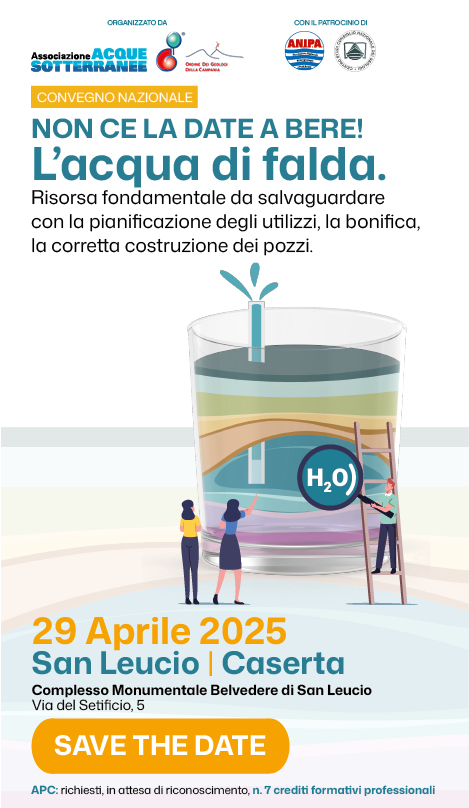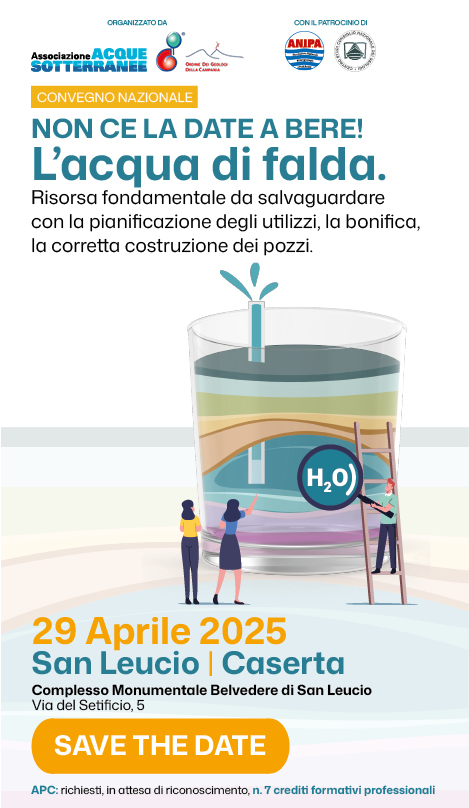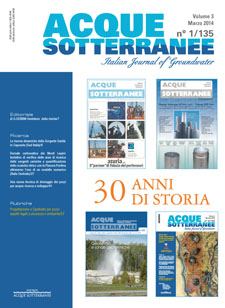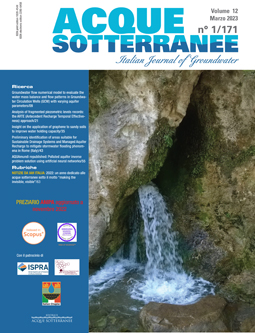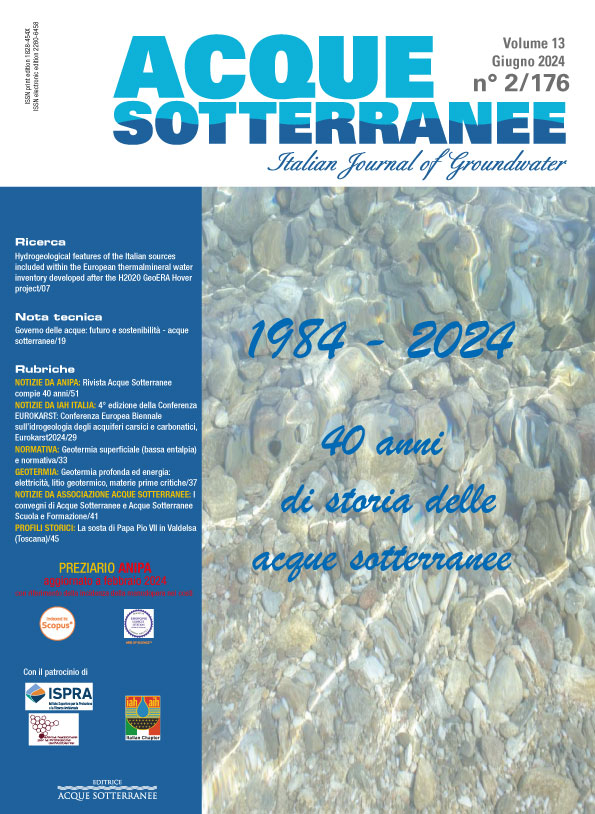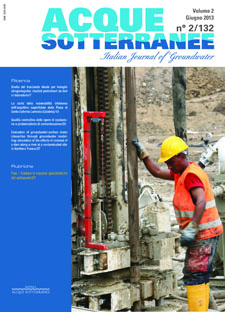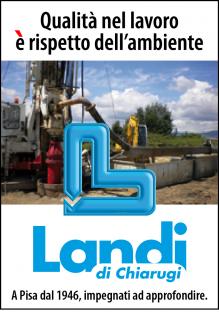Estimating the spatial variability of water consumption in the Karkheh river basin, Iran – using MODIS data
Spatially distributed actual evapotranspiration (ETa) values were estimated based on satellite data and the Surface Energy Balance System (SEBS) approach for the Karkheh River Basin, Iran. Nineteen cloud free MODIS (Moderate Resolution Imaging Spectroradiometer) images, representing a complete cropping year from November 2002 to October 2003 were acquired and processed. Estimated ETa values were verified using sub-catchment scale water balance analysis. The results revealed that during the study period ETa was estimated at 16680x106m3 and that the water balance closure terms at sub-basin scale ranged from 0.6% to 7.2% of precipitation. This implies that water balance is sufficiently understood. Estimated outflow from the basin was 7.8% of precipitation and indicates that water is a very scarce resource in the Karkheh. Rain fed areas consume about 3720 x106 m3/year and are mainly located in the sub-catchments of the upper Karkheh while irrigated areas consume 2680x 106 m3/year and are mainly located in the lower areas in the basin. Total water consumption by forest is about 2070×106 m3/year, mainly in the middle parts of the basin. The range lands are scattered mainly all over the Upper Karkheh and together with areas in the Lower Karkheh consume about 3360×106 m3/year. ETa from other land uses is 4110×106 m3/year, of which ETa from open water surfaces is the main contributor. The Karkheh Dam evaporates 80×106 m3/year while wetlands located in the lower area of the basin evaporate 660×106 m3/year. Satellite data along with the SEBS algorithm and geo-statistical techniques are effective to estimate spatial patterns of water consumption and availability. These facilitate the introduction of diverse management interventions to different areas in the basin based on the real ground situation.

